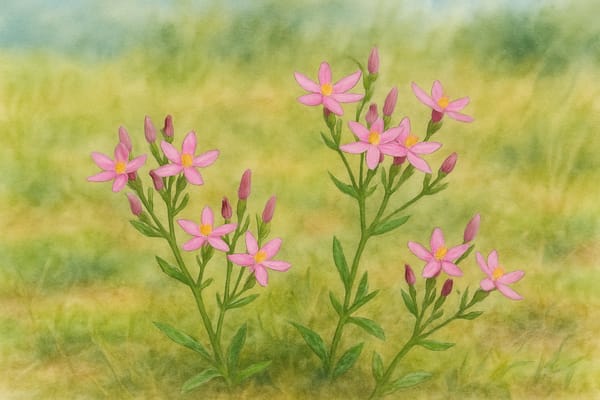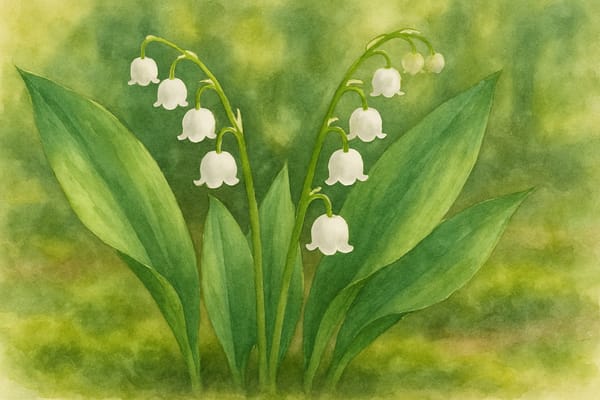A Humble Weather-Glass with a Hero’s Heart
Historical and Cultural Significance
Known affectionately as the “Shepherd’s Weather-glass” or “Poor Man’s Weatherglass,” the scarlet pimpernel has long been woven into Britain’s rural lore. Opening its vivid red-orange blooms only in sunshine, the flower closes as atmospheric pressure drops—forecasting rain with botanical precision.
Weather Lore & Folklore:
In Cornwall and across the UK, farmers and shepherds once watched this little flower to predict the weather. It also carried symbolic weight in folklore—believed to bring luck or ward off evil, and occasionally used in folk remedies for skin, lung, or nervous ailments (though the plant is toxic in quantity).
Literary Legacy:
The flower reached legendary status with Baroness Orczy’s 1905 novel The Scarlet Pimpernel, where it became the emblem of Sir Percy Blakeney—a daring, secretive English nobleman who rescued innocents from the French Revolution. As a literary symbol, the flower came to represent heroism, cunning, and disguise.
Cornish Echoes:
Cornwall’s storytelling traditions mirror the themes of the Scarlet Pimpernel tale: clever heroes, life on the margins, secret identities, and everyday wisdom used for survival. Its folklore of trickster piskies, smugglers, and signs from nature aligns beautifully with the flower’s role as both a natural barometer and symbol of cunning resilience.
Growing Scarlet Pimpernel in Coastal Gardens
A bright and charming self-seeder, scarlet pimpernel excels in sun-soaked, salt-kissed corners where soil is poor and dry.
| Requirement | Details |
|---|
| Light | Full sun; tolerates light shade |
| Soil | Sandy, gravelly, or ordinary well-drained soil |
| Water | Drought-tolerant; avoid wet, heavy soils |
| pH | Neutral to slightly alkaline (6.0–8.0) |
| Salt Tolerance | High; suitable for exposed coastal sites |
| Hardiness | Fully hardy in the UK |
Coastal Care Tips
- Planting Location:
Perfect for rockeries, gravel gardens, sandy banks, and wildflower meadows along the coast. - Sowing & Propagation:
Sow directly onto soil in early spring or autumn. Needs light to germinate. Once settled, it self-seeds with ease. - Watering & Feeding:
Water seedlings sparingly. Avoid rich soils or feeding—too much fertility reduces flowering. - Maintenance:
No deadheading required, though you can prolong blooming and limit spreading if desired. Monitor early seedlings for slugs and snails. - Pests & Cautions:
Low-maintenance and pest-resistant. Toxic if eaten in large quantities—keep away from livestock and pets.
Special Notes for Coastal Gardens
- Natural Resilience:
Scarlet pimpernel thrives in poor soils, tolerates salt spray and strong winds, and spreads gently through open spaces. - Pollinator-Friendly:
Its flowers attract hoverflies, solitary bees, and other beneficial insects—adding biodiversity to even the toughest corners of a garden. - Wild Wisdom & Weather Lore:
This small wildflower offers more than beauty. It brings a whisper of traditional knowledge and the poetic presence of a flower once read like the sky itself.
Quick-Glance Table
| Trait | Benefit for Coastal Gardens |
|---|
| Weather predictor | Adds charm and heritage value through traditional use |
| Salt-hardy | Ideal for exposed garden edges and naturalistic plantings |
| Self-seeding | Low input, spreads gently in dry, sunny soils |
| Symbolism | Ties garden design to British and Cornish literary folklore |











